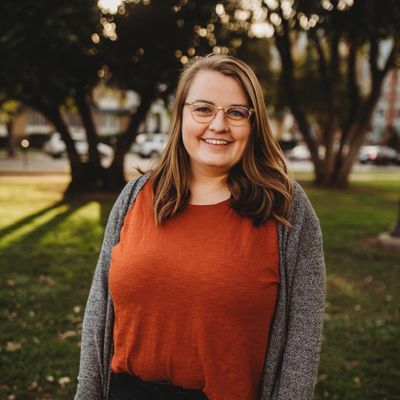Who knew? Pottery was a part of everyone’s daily life for thousands of years, and is key to dating the age of an excavation’s level.
 [“Uncovering Pottery shards” by LollyKnit| https://creativecommons.org/licenses/by/2.0/]
[“Uncovering Pottery shards” by LollyKnit| https://creativecommons.org/licenses/by/2.0/]
At Tel Akko, I think I would not be far wrong in saying, tens of thousands of pottery shards have been unearthed to date.
 I have washed hundreds of them myself in the last three weeks! [Broken pottery shards courtesy Pixabay]
I have washed hundreds of them myself in the last three weeks! [Broken pottery shards courtesy Pixabay]
I have also learned what happens to these thousands of pieces from the past….
It all begins when, as I’m brushing loose earth away, I see a shard. Next to me are three buckets: One for dirt, to be hauled away for sifting, then pouring into a sandbag, to use in the excavation site when we prepare to leave, the end of next week.
The next bucket is to collect shells, bones, and whatever else interesting I may find, like gold coins, jewels, and (far more likely) a bead or a bullet.
My third bucket is for pottery shards.
All items are very carefully tagged, so each bucket has a tag describing the square (I’m working in square “Z”), the locus within the square, and the number of the bucket I’ve been designated. Buckets are now beginning with the 80 thousand and 90 thousand series, to give you an idea….
At the end of the dig day (5:30am to 12:30pm) all the buckets are brought down to the field school, filled with water, and left to soak in the sun for 24 hours. 30-40 diggers. Everyone has at least one bucket.
Next, we wash the pottery shards. Shards come in every size, but mostly they come in “little” and “teensy weensy,” though nearly every bucket also has what are called “diagnostic” finds within them–recognizable aspects of a pottery vessel of some kind. One of the students wrote about washing pottery, here, with some pretty spot-on pictures of what it’s like.
After that, the pottery PhD’s gather in the shards and register them. That is to say, they transfer all the information about the shards (site, bucket number) onto a fresh form that will slowly get filled in as the shards continue through the system. They will be “read,” dated and described, then written on to identify them for those who will later be researching them.
Well, that is to say, some of them. Most of the shards, at this point in the process, will have divulged all the information they can, and will be returned to the Tel for some future generation of archaeologists who might have more sophisticated information extraction techniques. Back they will go, into buckets, and carried up the hill, to be poured onto a growing mound of returned pottery (remember, the buckets are now in the 80 and 90 thousand series).
The other shards, the “diagnostics,” will be carefully recorded in the Tel Akko data base (especially designed for this ongoing project), individually marked with the excavation’s license number, year of the dig, and bucket number, then transported to Haifa University to wait until a PhD student pulls them out for dissertation research.
I am working on one aspect of the excavation, the “Survey.” What is currently being dug is only a small part of the whole Tel. There is much more still waiting to be discovered, so the survey team methodically digs shallow, square trenches over the rest of the site, just to see what potential there might be. Every day, the survey team brings back a good fifty or sixty buckets of samples, all of which need to be read, registered, written on and packed up.
Today, we found an an intriguing piece with a strange, black skin on the pottery. If it was resin, it was on the wrong side. Resin was routinely used to seal amphorae and storage jars for wine and olive oil portage.If it was a glaze, it was either really unsightly (unlikely to have been done on purpose), aged, or damaged.
 So, we lit a flame to a small sample of it. It didn’t melt, and it had no odor–ergo, not resin, must be glaze. Science!! Gotta love it.
So, we lit a flame to a small sample of it. It didn’t melt, and it had no odor–ergo, not resin, must be glaze. Science!! Gotta love it.
 We’re working hard to register all the survey pottery before the excavation closes next week.
We’re working hard to register all the survey pottery before the excavation closes next week.


Shabbat
> Shabbat [https://www.chabad.org/library/article_cdo/aid/633659/jewish/What-Is-Shabbat.htm#Things] is the centerpiece of Jewish life, and has been so since the infancy of...
The Forensics of Archaeology
Some people dig for gold, others for artifacts. But the true archaeologist digs for knowledge. Dan, our area supervisor, has been living in Israel for years, now, having...
Al Jazaar Mosque
[Al Jazaar mosque street entrance, by Erik Törner [https://www.flickr.com/photos/eriktorner/] | https://creativecommons.org/licenses/by-nc-sa/2.0/] Even as I sit here and type...
